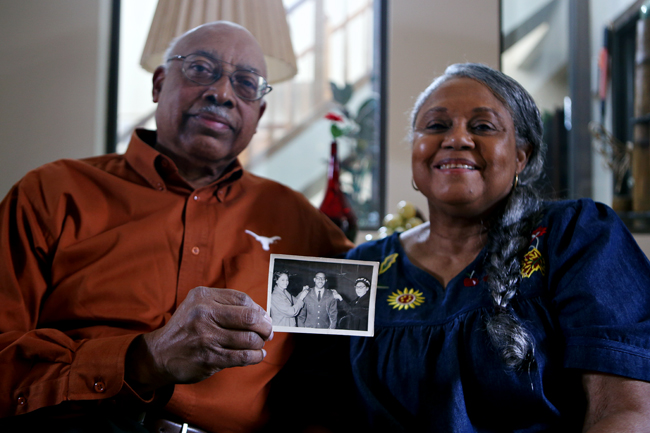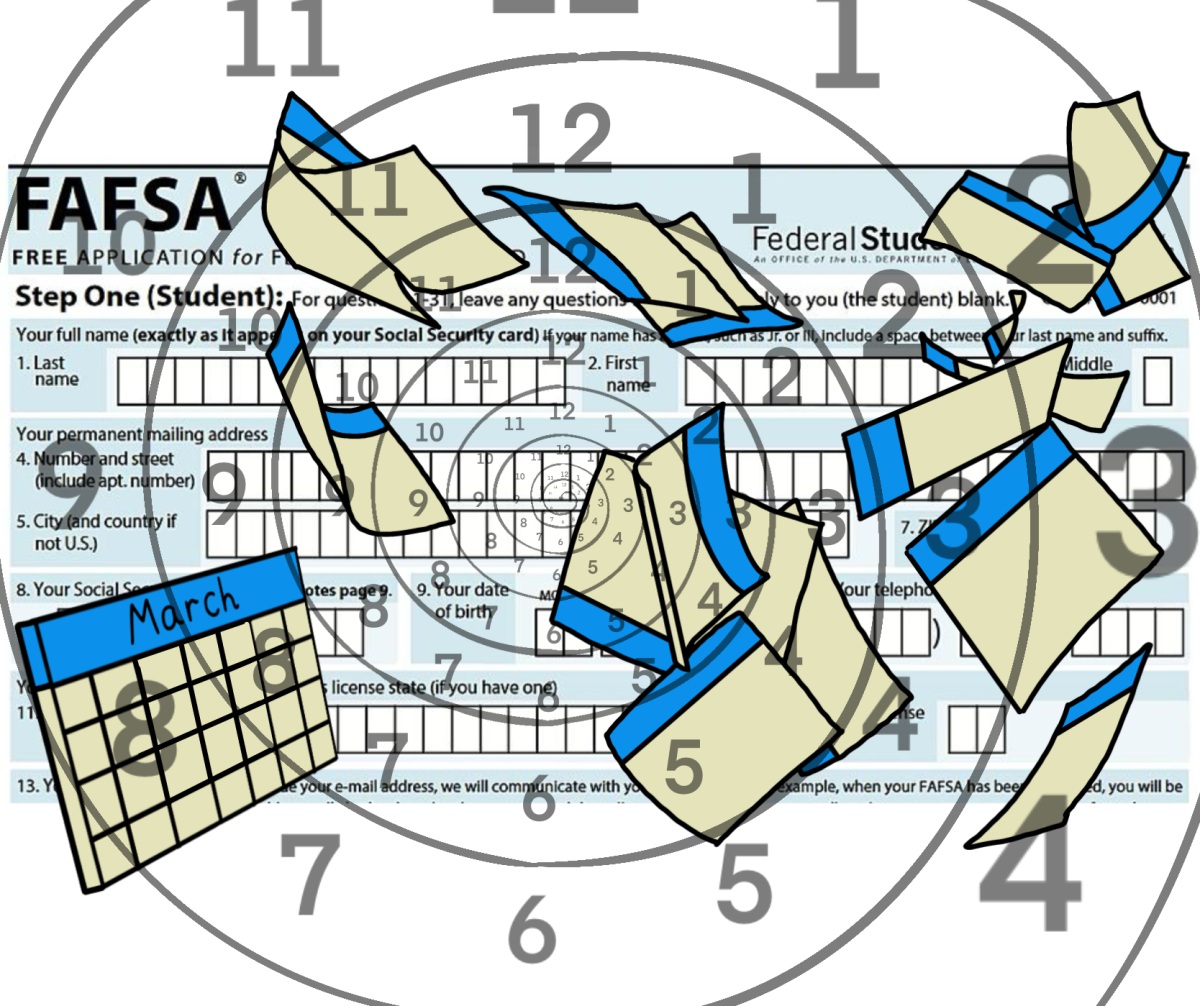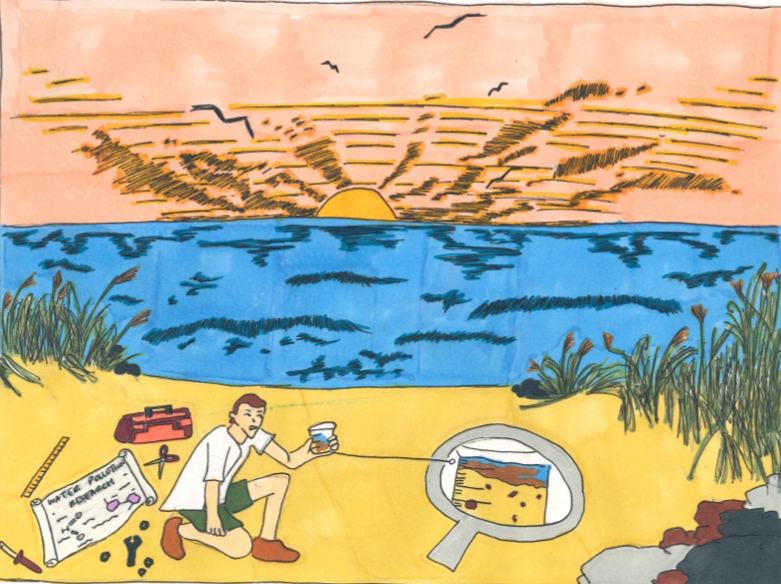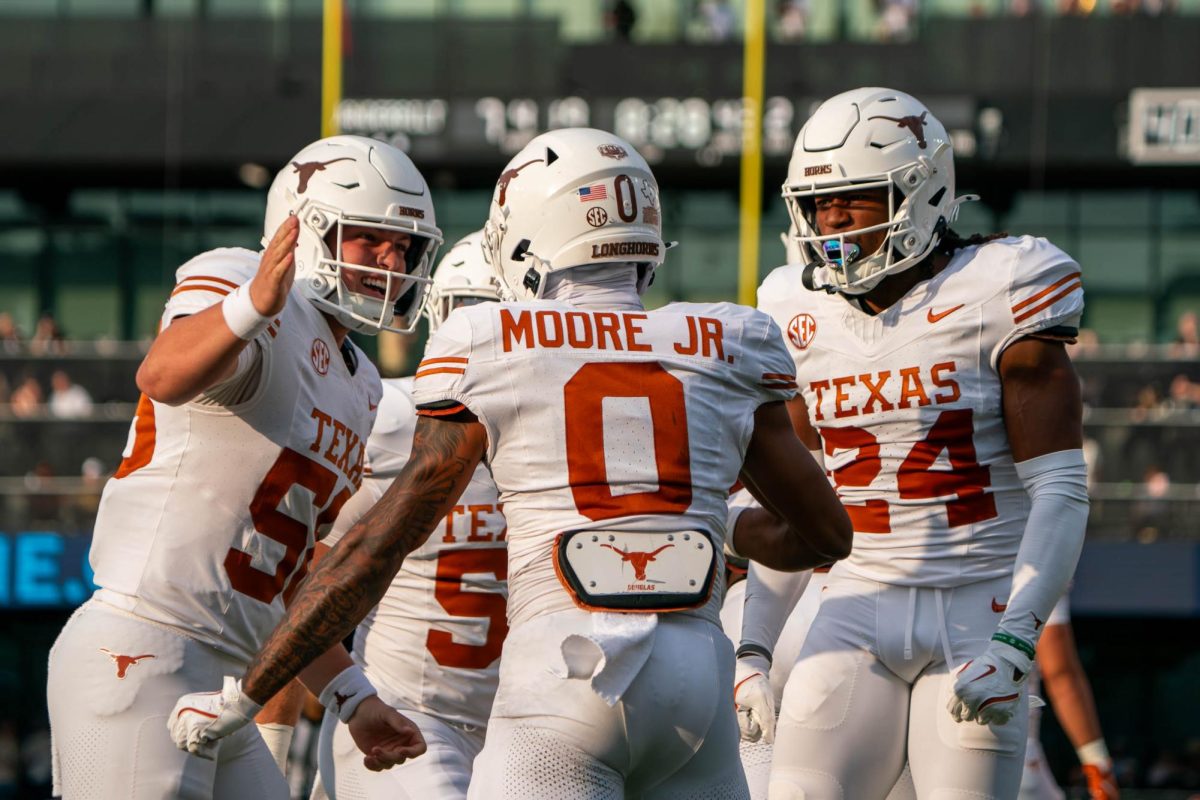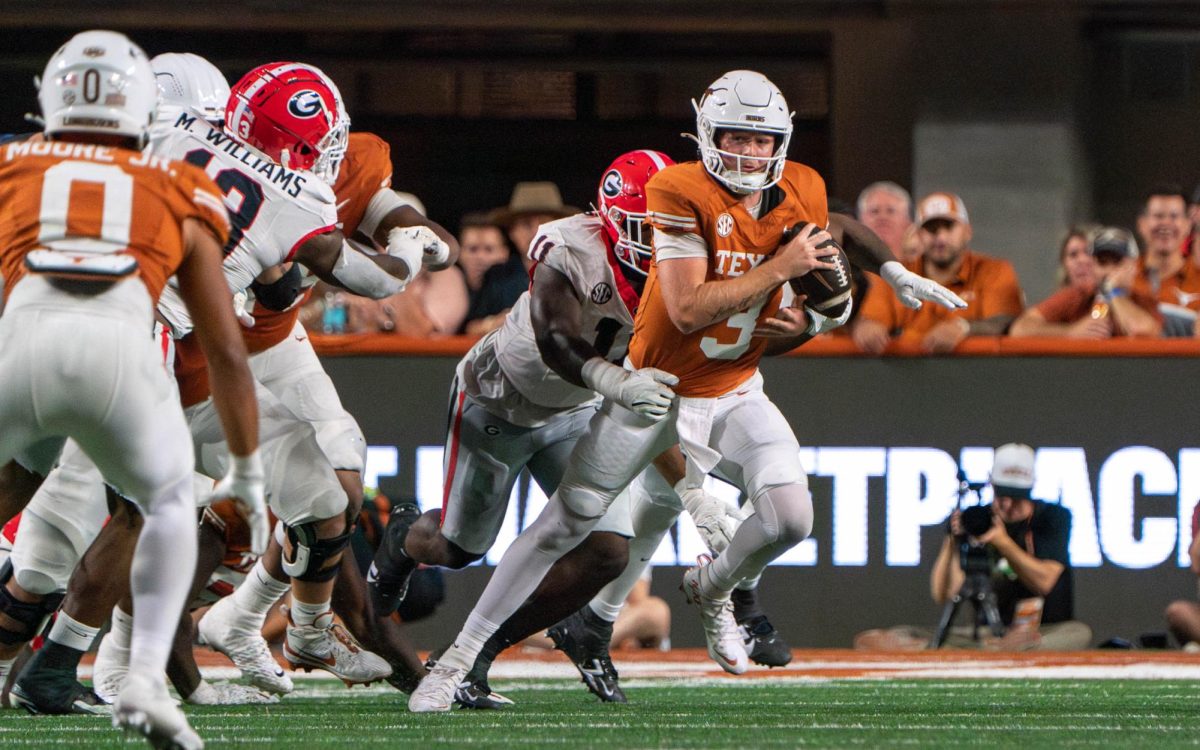Leon Holland could live in the dorms but was not allowed to eat in any cafeterias. Holland could attend classes but could not take part in nearly any student organizations. He could cheer for his school’s football team but could not expect to see any athletes who looked like him.
In the fall of 1956, Holland was a member of the first black undergraduate class allowed into the University.
Today, Holland is a proud member of the Precursors, a group of some of the first black students to attend and integrate the University. Lonnie Fogle, the current president of the Precursors, said the organization was originally an old group of alumni friends who used to gather for the Clyde Littlefield Texas Relays, informally calling themselves The Dudes. They changed the name to be more inclusive to women and organized themselves more formally in 2005.
Leon said he vividly remembers attending the first football game of the 1956 season, in which the Longhorns played the University of Southern California. USC had black players on its team, but UT did not.
“Throughout the game, we’re sitting here … surrounded with nothing but [the chant] ‘Kill that nigger,’ talking about the black player on USC’s team, running up and down the field, trouncing UT’s team,” Holland said. “‘Gee, who are you going to pull for?’ ‘I’m going to pull for USC.’ … That’s what set the tone for the rest of the time here.”
Peggy Holland, Leon’s wife and a fellow Precursor, began attending UT in 1958. As a female student in the business school, Peggy was even more of a minority than her husband.
“I truly hated [the way I was treated], but it wasn’t in me to give up,” Peggy said of her time at the University. “I stayed because we had a right to be there.”
Because of their segregated living situations, black students grew especially close and often passed notes about which professors to take. Peggy said certain professors, such as Seward Robb, went out of their way to help and welcome black students. Other professors refused to call on black students in courses where class participation was a mandatory part of the grade, resulting in unfair markdowns. “That’s why I sort of pointed [toward recognizing] what took place,” Leon said. “You could be bitter, yes, but you also have to know that this is building awareness, and we all have to work together to improve it and keep making progress.”
Fogle said he recalled participating in a sit-in at Kinsolving residence hall to protest the treatment of black students on a Friday night in October 1961. The following morning, the dean called every black student on campus into his office and individually questioned them. All of the students refused to answer or name any of their peers as participants in the protest.
“He said, ‘You know what this means, don’t you?’ ‘What does it mean?’ ‘You’re on probation.’ ‘Well, OK, what does that mean?’ ‘It means you can’t participate in varsity athletics, you can’t run for student office.’ … He listed a bunch of things,” Fogle said. “We already couldn’t do that because we were black.” Fogle said that when he graduated, the disciplinary probation was nowhere on his transcript, having been a scare tactic used by the dean.
Looking at the University now, Fogle said he would also like current students to actively stand up for others who are discriminated against.
“It’s part of every college experience — it’s so important to be socially active,” Fogel said. “It’s part of the education, and we acted because it just wasn’t right.”

